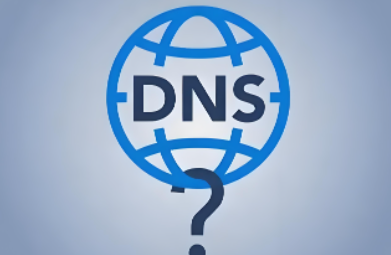DNS resolution settings are an essential part of domain name management. After registering a domain name, many people encounter an often-overlooked but crucial parameter: the TTL value. This value tells the DNS resolution record how long it will remain in the cache. Simply put, after a visitor's device requests a resolution, it temporarily stores the result in the local DNS cache or the carrier's DNS cache. The TTL value determines how long this cache remains. After the TTL expires, the user must re-request the resolution result from the authoritative DNS server. Therefore, the TTL setting directly impacts the refresh rate of domain name resolution, the access experience, and server pressure.
If the TTL value is set high, such as 3600 seconds (one hour), even if you modify the resolution record in the DNS console within that hour, many users will continue to access the old resolution result because their local DNS cache has not yet expired. In this case, domain name resolution changes will take longer to take effect. If the TTL value is set relatively low, such as 300 seconds (five minutes), the resolution record will be updated quickly, allowing users to obtain the latest resolution results almost instantly. However, setting the TTL too low can also have some negative effects. After each cache expires, users must re-query the DNS server. Under high traffic conditions, this can increase the pressure on the DNS server and even lead to slower resolution responses.
Thus, choosing the right TTL value is a balancing act. If your domain name resolution doesn't change over time, such as for a corporate website, a demo site, or even some static content, you can definitely set a higher TTL. Common practices are 3600 seconds or 86400 seconds (a full day). This reduces frequent DNS requests, improves access efficiency, and reduces server pressure. If your website frequently adjusts its IP address, or you're migrating or testing, it's recommended to use a lower TTL, such as 300 seconds or even 60 seconds. This allows changes to take effect more quickly and facilitates verification. For sites using a CDN, the TTL shouldn't be set too high, as CDN nodes may change frequently. Generally, a value between 300 and 600 seconds is appropriate.

The TTL has different effects in different scenarios. For example, when setting up a game server, if you expect frequent server IP changes, a low TTL can help players connect to new nodes more quickly. In email server configurations, a slightly higher TTL isn't a major issue, as the email system has a retry mechanism that prevents significant impact from DNS caching. For cross-border e-commerce and independent foreign trade websites, if target users are distributed globally, a too low TTL may increase pressure on local DNS nodes and resolution latency. In this case, a compromise between 600 and 1800 seconds is recommended.
Also, it's important to note that a lower TTL isn't necessarily better. Many people habitually set the TTL to 60 seconds, believing this ensures "real-time" domain name resolution. In reality, in most cases, this practice is both wasteful and unnecessary. Because most website IP addresses don't change frequently, a 60-second TTL will result in a large number of repeated DNS queries, increasing the load on the resolution server and slightly impacting access speed during high-concurrency periods. Lowering the TTL to its minimum is only necessary during website migration, failover, or debugging. Once the system stabilizes, you can return to a higher value for better overall performance.
Another common issue with TTL settings is that different DNS providers may have minimum TTL restrictions. For example, some providers may not allow a TTL lower than 300 seconds, while others may allow a TTL of 60 seconds or even 30 seconds. If your business requires extremely fast resolution, consider whether your DNS provider supports low TTL configurations when choosing one. Additionally, some smart DNS services offer fast refresh of authoritative nodes, which can be combined with a low TTL to achieve near-real-time resolution updates.
In summary: The TTL setting should be determined based on the website type, access requirements, and operational practices. If you're looking for stability and efficiency, you can set a high TTL; if you need flexibility and rapid changes, you can choose a low TTL. Different strategies can be adopted at different stages, and there's no need to be rigid. A correct understanding of the role of TTL and flexible adjustments in appropriate scenarios will maximize the effectiveness of domain name resolution.

 DNS Intelligent Resolution
DNS Intelligent Resolution

 Custom Authoritative DNS
Custom Authoritative DNS
 Cloud Computing Services
Cloud Computing Services
 Server Rental
Server Rental
 DDoS protection
DDoS protection
 About DNS.COM
About DNS.COM
 Support
Support
 Contact Us
Contact Us
 AFF
AFF
 API Docs
API Docs

 CN
CN
 EN
EN













